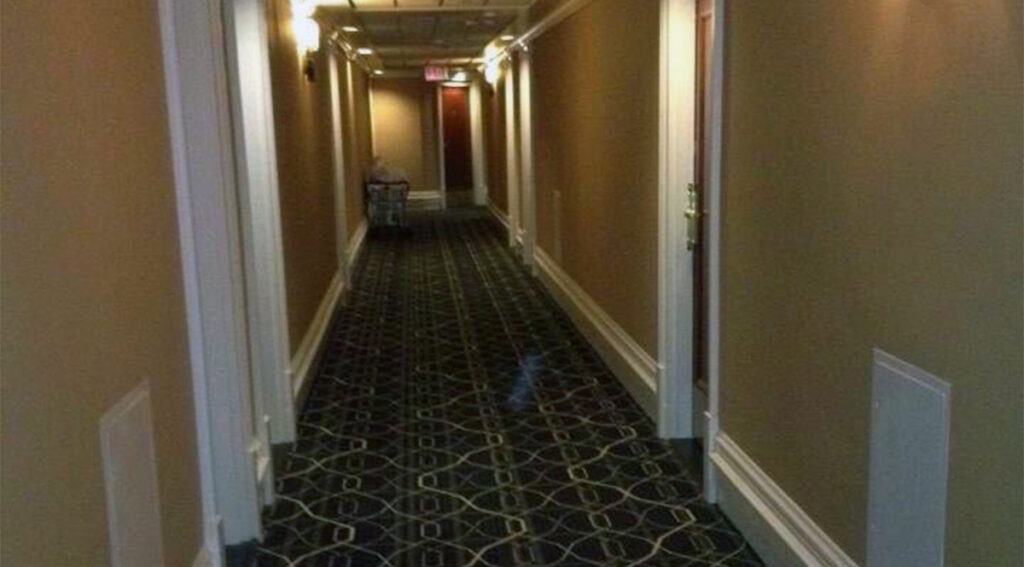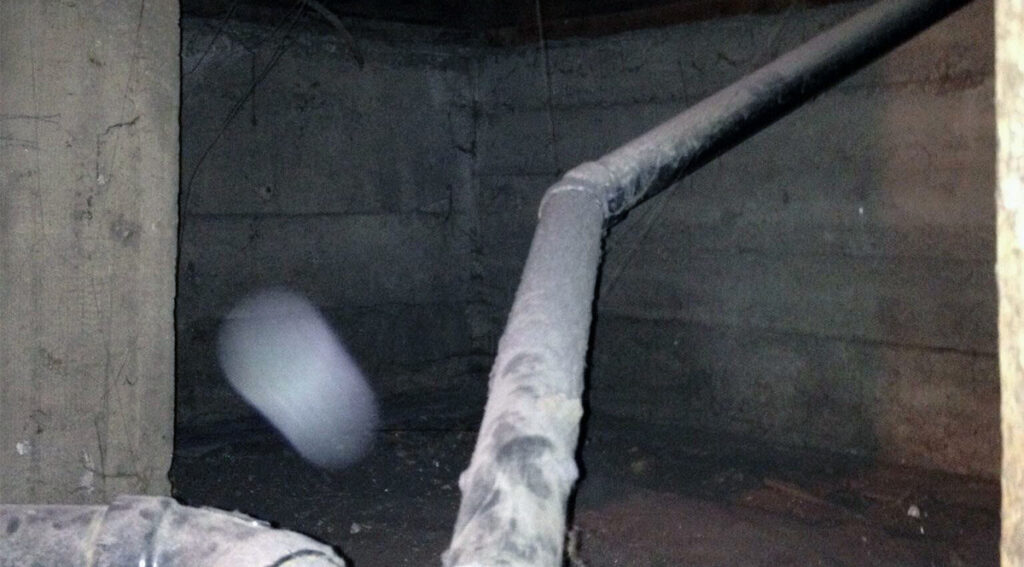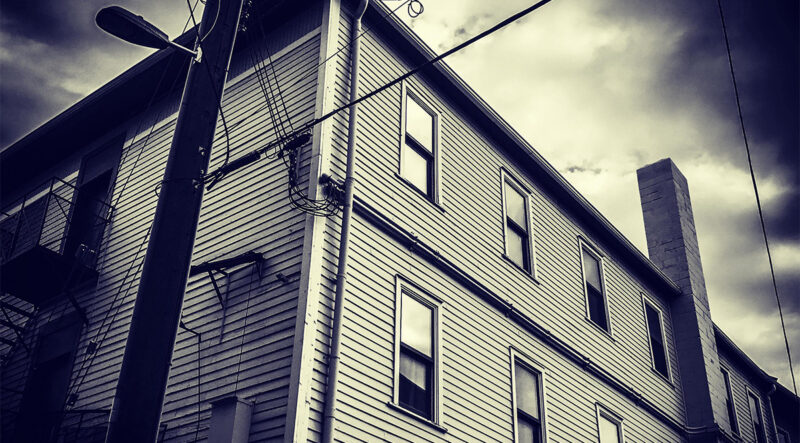Becoming a paranormal investigator is not a decision that should be taken lightly or without having given it serious consideration.
Through the course of investigating the afterlife, a paranormal investigator can be subjected to physical assaults, psychological attacks and spiritual dangers such as attachments, oppression and even possession.
It has to be your calling if you decide to take on the role of investigator, much like becoming a cop or a fireman.
But do not expect recognition; being a paranormal investigator is something that should be driven by helping people, as well as working towards advancing the field. Not pride, self-promotion or self-recognition.
When it comes to your training, do not fall for scammers. There are no paranormal schools and there are no paranormal investigator degrees per se. There are parapsychology degrees you can get from some reputable universities, and the more knowledge you have, the better you can be prepared.
Your formation can only come from an insatiable thirst for knowledge, reading as many books as you can on the subject from figures from the field, such as Hans Holzer, Harry Houdini and Harry Price.
However, due to a lack of proper manuals or official guidelines, it would be easy to succumb to beginner’s mistakes. We will review a few of them together to help you avoid falling into their traps and discuss elements that are too often misidentified as paranormal evidence.
Scents
The phantom smell is the Idea that some locations can have lingering, psychic odours. Even if the idea is an interesting one, it has to be reviewed with caution.
First of all, it is very hard to provide physical evidence to back up an assertion. Smells would be experienced by paranormal investigators and not by a physical device or piece of equipment. Therefore, there is always the risk of personal bias or contamination — olfactive pareidolia, if you may.
A possible scientific explanation would be that wood is known to hold scents for centuries and release them when conditions are right, such as temperature, humidity and moisture. This is due to its porosity, which can hold moisture and smells from its surrounding areas. If the wood contracts or expands due to changes in temperatures, this would cause the smells to be released.
So depending on the location, time of year and temperature, it could create possible smells that would be wrongly attributed to phantom smell.
Clothing, textiles, carpets, as well as some type of furniture, can also hold smells. The best example to experience this is a piece of driftwood on a beach, as it could be infused with a very strong smell of the ocean.
Edwin Emery Slosson experimented with this notion in 1899 by pouring distilled water on cotton wrapping material, warning his students that a smell would soon fill the hall. Within 15 seconds, students in the front row raised their hands, indicating they started to smell the odour, followed by students in the second row within 40 seconds, demonstrating that an idea could be suggested to susceptibles subjects, to the point of causing physical reaction: people getting sick from a non-existent smell.

The halls of the Banff Springs Hotel, in Banff, Alberta can provide enough natural anomalies that can be misidentified as a paranormal phenomena.
EMF
One of the most common mistakes made by inexperienced paranormal investigators, as seen on TV or YouTube, is the idea that EMF detectors detect ghosts.
They do not. This is misinformation that needs to be addressed to prevent false evidence and assumptions.
An EMF detects the electromagnetic fields that are generated by alternating and direct currents. To simplify, any electronic device generates an electromagnetic field that is dependent on the size and power of the device. It can also detect the Earth’s geomagnetic field.
Therefore, if an investigator wanted to use the device in a room, they would need to do a walkthrough of the entire room and record / take down the measurements for each electronic device present in that room.
Then, they would be able to determine if any change in these readings would have occurred. Keep in mind that small variations are to be expected and only significant changes should be evaluated.
EMF readers were originally intended for use by electricians.
High EMF readings that come from plugs, power boxes and conduits could mean faulty wiring and an increased risk of fire.
The reason why the EMF detector is such an essential tool for any paranormal investigator is that it helps us eliminate the possibility of a Faraday Cage effect. The idea is that high EMF or brain stimulation could cause the Brain to experience Anxiety, panic attacks as well as possible hallucinations.
In the same line of reasoning, infrasounds — sounds under 20 Hz — can trigger the fight or flight responses of nervousness, discomfort and the feeling of a presence. But more research is needed.
However, all possible explanations should be explored when assessing paranormal phenomena, therefore high EMF readings alone should not be considered proof, nor should it be discarded as a hallucination.
Psychomanteum
A psychomanteum is an enclosed space used to facilitate scrying. It helps a medium by immersing them in a completely dark atmosphere with two mirrors facing and reflecting each other. The only light is a candle.
The idea is that this setup is supposed to put a medium into a trance, as some senses are deprived in the process.
The lack of light and the constant focus on a point can cause a subject to experience hallucinations, such as monstrous, distorted faces of people.
A study on 50 individuals showed that the images from psychomanteum experiences included contortions of a person’s face (66 percent), a monstrous face (48), an unknown person (28%), an archetype (28%), a face of a relative (18%), and an animal (18%).
The idea is that this process of looking at your image in a mirror triggers a phenomenon of mimicry, synchronization and an attempt to decipher the images reflected.
We do know that the brain will always try to interpret what it sees to make sense of it. This is called face pareidolia, which is the tendency of the brain to recognize faces to identify whether something is a threat or not.

The photo of an alleged orb during an investigation in Millet, Alberta.
Orbs
According to the definition on the Travel Channel website, an orb is a translucent, circular anomaly or ball of light seen in photography.
With the exponential growth in paranormal TV shows and YouTube Channels dedicated to the exploration of the unknown, orbs became a cornerstone of paranormal culture.
However, they are still divisive within the paranormal community.
One theory states that orbs are nothing more than a piece of dust, a reflection of light or a reflection caused by the lens of a camera.
Orbs are often, and without further verification, attributed to paranormal activity and classified as evidence of a spirit’s presence. But the phenomenon can be easily debunked as natural, or non-paranormal if investigators would take the necessary steps to capture evidence.
Electronic equipment will attract dust while investigators are checking out an older building. Dust will take either a positive or a negative static electric charge, which would then be either attracted or pushed away from an electronic device.
The second theory is that orbs are spirit manifestations. Spirits are theorized to be made of energy, and depending on the environment, could materialize through audio or visual manifestations.
Paranormal investigators who consider it evidence tend to look at the pattern, flight trajectory, as well as disappearance of the orb to try to determine its validity.
Our best recommendation would be to avoid the paranormal without exploring any further logical explanations. Only when all options have been reviewed, can one mention orbs as a possible unexplained phenomenon.
We still rely on gathering other evidence of different forms, and sources as only through the accumulation of evidence can you provide an educated opinion on a phenomenon.
Temperature
When investigating an allegedly haunted location, keep in mind that when one or more people get into a room, the temperature will increase.
But what about cold spots? Cold spots are commonly used as evidence of paranormal activity. To interact through EVP, physical contact or object manipulation, a spirit would need to use energy to perform these actions.
It’s an interesting theory, but one has to ensure not to attribute any dips in temperature to paranormal phenomena without further evidence to back it up. Temperature drops can be very common in any building, haunted or not, and could be logically explained by drafts, HVAC systems, time of day and wind.
Paranormal investigators should keep track of the number of individuals in a specific room, as the addition or removal of individuals would affect the body heat generated by these individuals would affect the room.
Temperature sensors should always be used while controlling and maintaining all other factors to limit the varying element to the temperature itself.
The paranormal field is still in its infancy. Mistakes are part of the process of learning, and sharing these mistakes is the key to making sure they are not repeated. Thanks to debunkers like Harry Houdini and Harry Price, we’ve been able to advance the study.
Anton Buchberger is the founder and lead investigator of Pandemonium Paranormal. He can be found on Instagram and Twitter.

